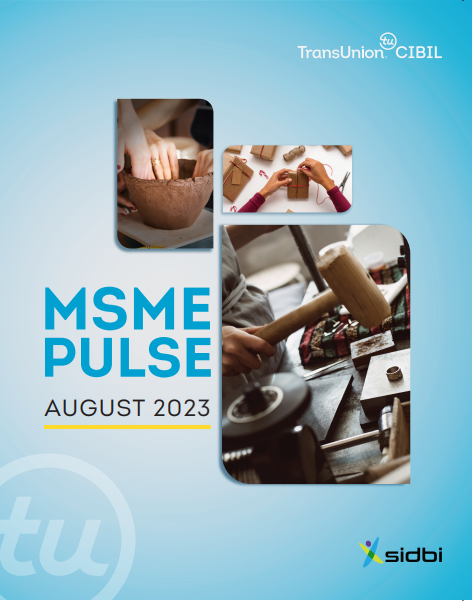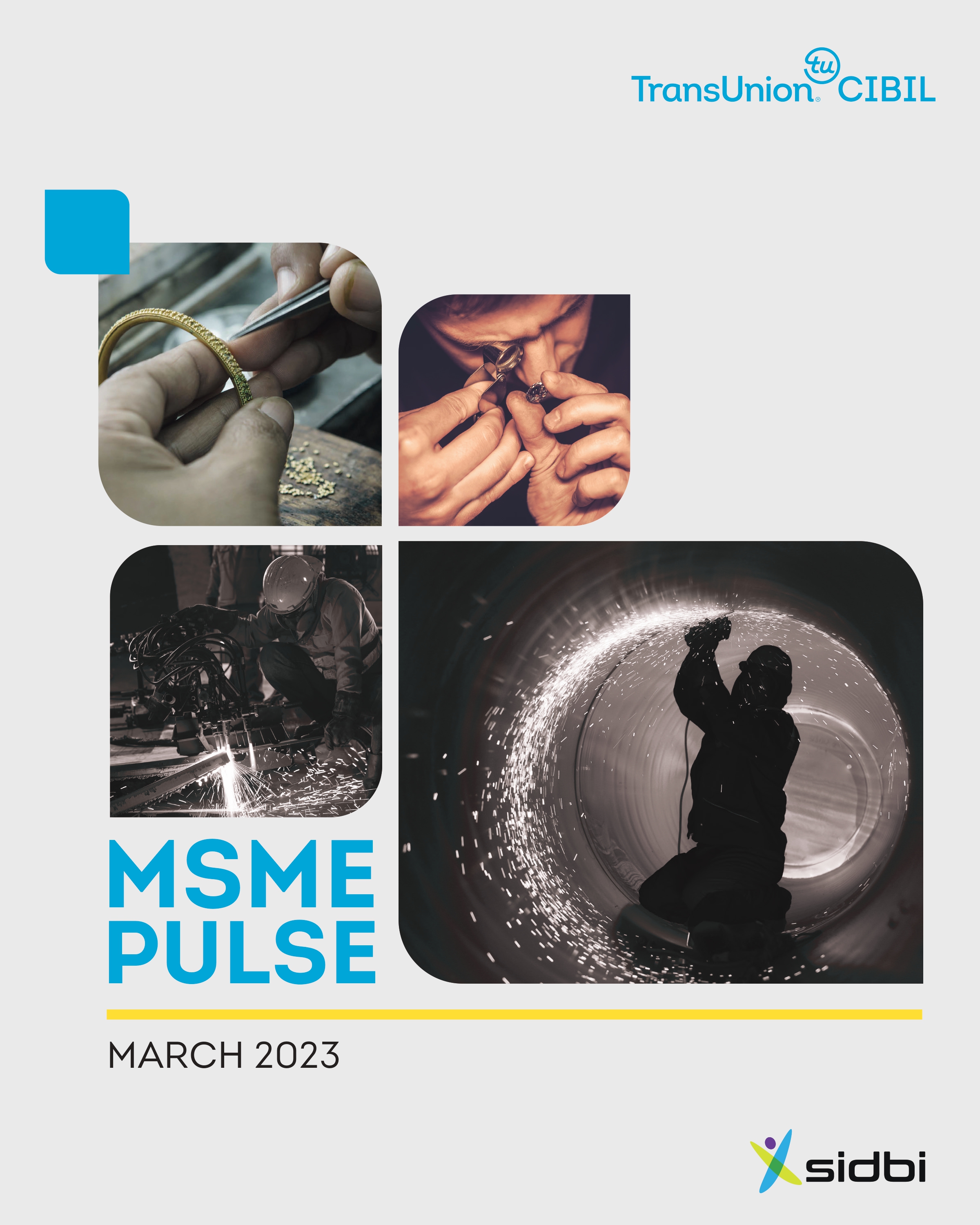Structural Interventions
MSME Pulse
The need of MSME PULSE
Information is key to decision making and if it is available at the right time, meaningful interventions can be made.
Since structured data in respect of MSME is not available during the year, no early signs are available to help taking decisions to those who matter and make policies, be it bankers or policy maker A comprehensive document based on close monitoring and tracking of MSME segment providing insights to policy makers, therefore, becomes imperative.
Till date, no such report based on a on a study done on over 5 Million active MSMEs having access to formal credit, with live credit facilities in the Indian banking system, is available.
While there is some data available with respect to Banks, there is no data in respect to NBFCs. Further, such data does not tell as to how many new entrepreneurs have accessed credit and what is the situation across different states. The launch of MSME Pulse, a quarterly comprehensive report, is an attempt to fill this gap and aims to provide the credit industry with trends and insights for making information oriented business decisions.
MSME Pulse- Edition XIV– Highlights
The micro, small and medium enterprises (MSME) sector is dynamic and fast-expanding, contributing ~30% to India’s GDP and employing ~111 million people. Hence, it’s crucial to improve MSMEs’ access to finance and explore innovative solutions to unlock sources of capital.
This edition of MSME Pulse analyses accelerated growth across the sector which has primarily been achieved by providing timely credit to resilient MSME borrowers. The first chapter highlights key characteristics of MSME credit, and assesses the demand, flow and performance of the sector.
Credit Demand, Supply and Credit Growth
Demand for MSME loans (measured as number of commercial credit enquiries) has picked up in the last one year and have grown to 1.6 times of pre-pandemic. This can be attributed to improvement in broader economic activity after the second wave of pandemic. Further, extension of ECLGS scheme, availability of enriched credit data and higher adoption towards digital lending has enabled more MSMEs to access credit. MSME credit disbursements have doubled compared to pre-pandemic across segments, indicating that lenders are in a position to support the increasing credit demand.
Portfolio Performance and Loan Restructuring
Total MSME credit exposure is at 23.12 lakh crores as of Mar’22 (FY22-Q4), reflecting YOY growth rate of 6.3%. Total live MSME borrowers stand at ~7 Million as on Mar’22 with YoY growth rate of 6%. The growth in overall MSME borrowers has moderated as lenders are focusing on extending credit to existing borrowers.
Overall MSME NPA is 12.8% as on Mar’22 (FY22-Q4). NPAs in MSME segment have been in an uptrend since Mar’21 (FY21-Q4). Till FY20-Q3, Micro segment had a lower NPA rate than Small segment. However, this trend has now flipped indicating that COVID has impacted Micro segment the most.
As of Mar’22, 2.7 lakh MSME accounts with a balance of INR 0.35 lakh crore have been restructured. This constitutes around 2.3% of the total live accounts and 1.5% of MSME outstanding as of Mar’22. The proportion of restructured MSME loans rank orders with the CMR (CIBIL MSME Rank) i.e. highest proportion of restructured loans belong to high risk (CMR-7 to CMR-10) segment followed by medium risk (CMR-4 to CMR-6) and lowest share in low risk (CMR-1 to CMR-3). This shows a prudent approach to support MSMEs which are most vulnerable and are in highest need of credit restructuring.











